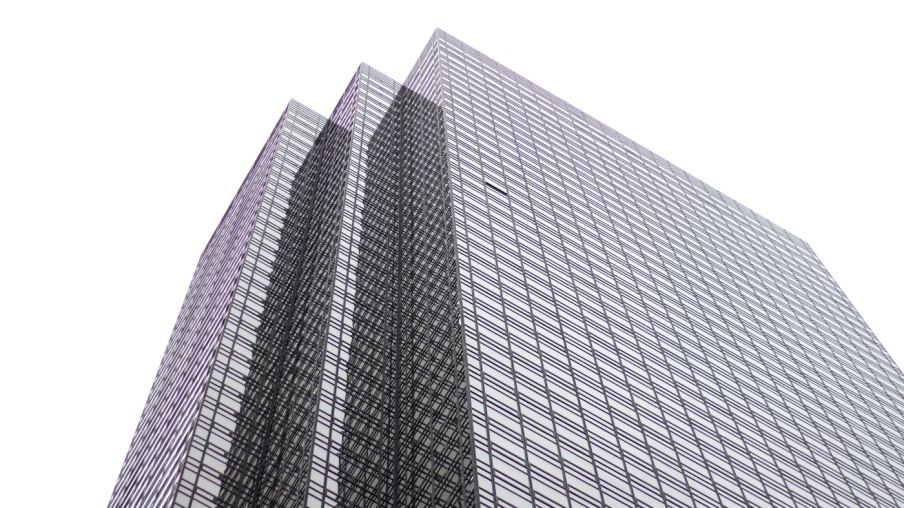Review question 6. Describe the skyscraper model of culture. What are its strengths and limitations?
The skyscraper model represents culture in a hierarchy, with “high culture” at the top and “low culture” at the bottom. High culture consists of what is widely considered to be in good taste such as classical music, opera, or the ballet. Whereas low culture is essentially pop culture, which includes everything from Beyoncé to reality tv.
This dichotomy creates a cultural model that is easy to understand but lacks nuance. The skyscraper model relies on the standards of classical institutions to decide what is “good” culture and what is “bad” culture. “Good” culture is traditional, European, inaccessible, or all three.
The skyscraper model essentially holds up the classics on a pedestal while simultaneously ignoring the significant and meaningful contributions being made in contemporary culture simply because it is not established in the Western cultural canon. The value a particular piece of media holds also is not fixed. The skyscraper model automatically places any piece of media in its hierarchy; when in reality, a piece of media will mean different things to different people.
We automatically start running into problems when we assign value to what we deem appropriate or what is established and refuse to assign that same value to new or popular media. The skyscraper model does not appropriately respond to the needs of a modern cultural critic as a model for analyzing media.
